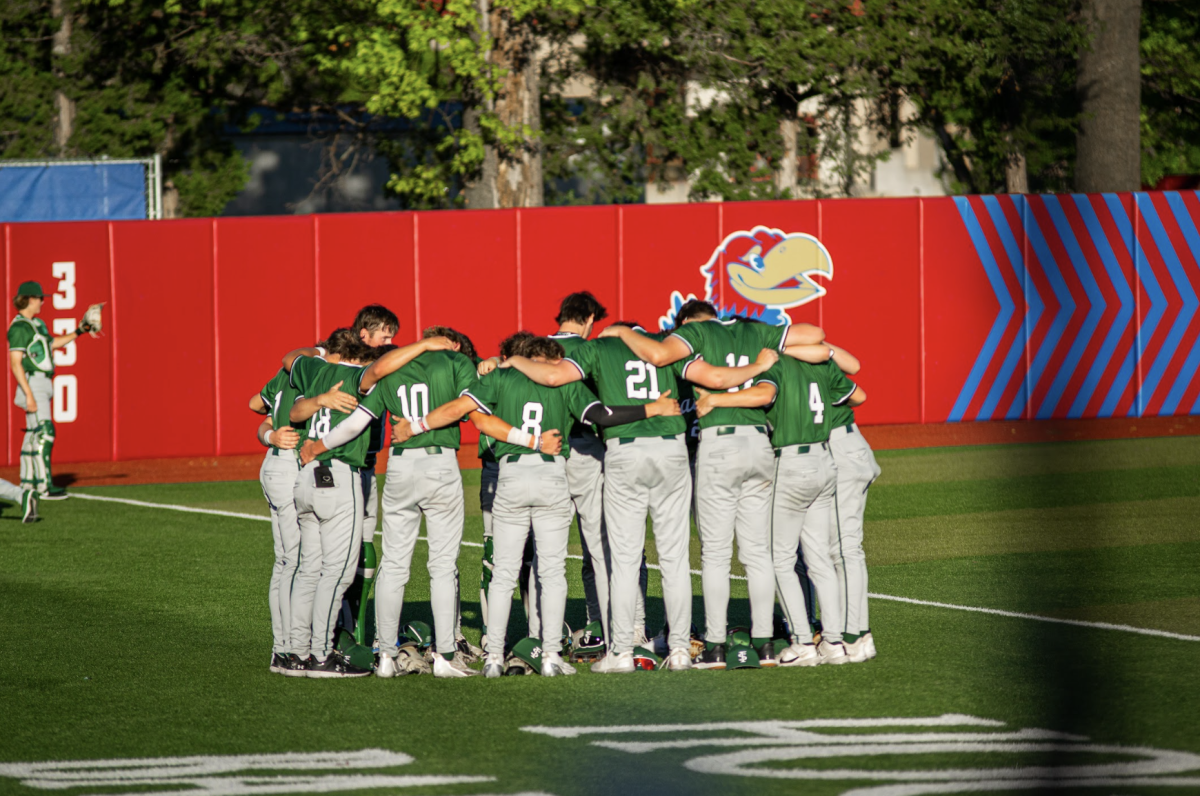Time for a pop quiz. But don’t worry–this is one score that won’t show up on your college applications.
1. The (SAT/ACT) is taken on the East and West Coasts, while the (SAT/ACT) is taken in the Midwest.
2. There is a/an (SAT Subject Test/AP test) about U.S. history.
3. The (PSAT/NMSQT/SAT/ACT/SAT Subject Tests/AP tests) is/are generally taken during junior year.
These questions, much like many of the answer choices on the math section of the SAT, are tricks.
The ACT was once accepted only at certain centrally located colleges, leaving much of the nation for the SAT, but the two are now largely interchangeable. The AP exams and SAT Subject Tests, on the other hand, are never interchangeable, though they are both owned by the not-for-profit College Board and often cover similar topics.
And, to the juniors’ jubilance, all are usually taken junior year.
This copious amount of testing would look stressful even if spread out over four years of high school. In one, it’s downright petrifying.
For the sake of the students for whom the tests were originally created, one three-syllable SAT word says it all: consolidate. Consolidate, amalgamate, aggregate this excessive jumble of essay prompts and multiple choice into a more manageable collection of college entrance exams.
As it stands, students are expected to study for and score well on so many standardized tests that simply keeping the dates straight requires what the College Board calls “develop[ing] a detailed testing plan.” Many of these exams (see question two) overlap, but aside from the ACT and SAT, one cannot be substituted for another.
Most colleges–KU included–now accept both the ACT and the SAT to fulfill application requirements. It would make sense, then, for students to take only one or the other. It would make even more sense to combine the best of both tests to create a Frankenstein-esque ACT-SAT exam.
Unfortunately, the ACT and SAT are run by two different organizations, and students are often encouraged to try their hands at both to discover which better represents their knowledge. And, hey, two good scores would earn brownie points from admissions officers.
In theory.
In reality, college admission relies on more than just a scale of 600 to 2400 or 1 to 36. According to The National Center for Fair and Open Testing, the SAT and ACT are optional for admission to almost 850 schools across the country.
While it is true that many other schools take standardized testing into account, it is far from the most important factor of students’ college applications. That award normally goes to the rigor of the their high school transcripts, as well as to their involvement in extracurriculars and in the community.
If these components are given priority, then it’s difficult to see where studying for eight extra exams will fit into one’s schedule.
It’s also tricky to fit those exams into one’s budget.
Though it is possible to obtain fee waivers, many students will end up paying for the PSAT/NMSQT, either the ACT or the SAT (if not both), one AP test for every AP class they enroll in, and about two SAT Subject Tests–not to mention prep books for each of those exams.
Students can only hope that their scores secure coveted financial aid, like the PSAT/NMSQT’s National Merit Scholarships.(Read about Free State’s National Merit Semifinalists.)
Parents’ checkbooks would be spared emaciation if only the tests were not so numerous. If, for example, the SAT and ACT were friends rather than rivals. If, for another example, students need not take both the AP and SAT Subject Test versions of the same topic to receive AP and SAT Subject Test credit. If, for a final example, the PSAT and the SAT were not entirely separate entities.
College entrance exams, once carefully contained within the confines of the SAT alone, have gorged on education like bacteria on meat.
A certain amount of bacteria can be a good thing. Humans could not survive without bacteria in their intestines.
But when students can’t look in their refrigerators without feeling ill, it must be time to pull the plug on the plague. In this case, that means cutting back on the ever-multiplying standardized tests that consistently clog students’ agendas.
With the amount of overlap that occurs from AP test to SAT Subject Test to SAT to ACT to PSAT/NMSQT and back again, consolidation should be no more difficult than are the tests themselves.

Cost of Jane Doe’s exams:
PSAT/NMSQT: $14
SAT: $49
ACT with writing: $49.50
AP European History: $87
AP Literature and Composition: $87
AP Statistics: $87
SAT Subject Test: $11 (plus $22 for registration)
SAT Subject Test – Language with Listening: $22
____________________________________________
Total: $428.50

















